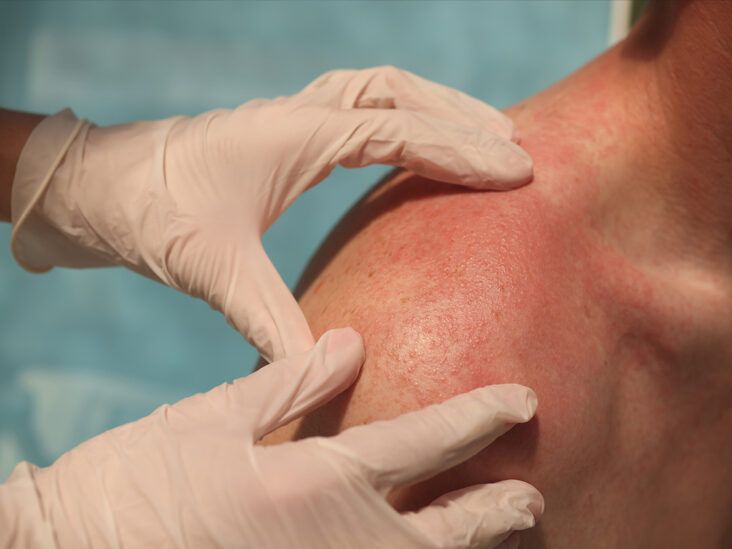Consult a professional for mohs surgery for skin cancer with a certified specialist.
Consult a professional for mohs surgery for skin cancer with a certified specialist.
Blog Article
Mohs Surgical Procedure Explained: A Key Treatment in Dermatology for Handling Skin Cancer Successfully
In the realm of dermatology, Mohs surgical treatment stands as a crucial procedure for combating skin cancer, specifically basal cell and squamous cell carcinoma. This detailed surgical technique, developed by Dr. mohs surgery. Frederic E. Mohs, focuses on the accurate excision of malignant skin layers, leaving healthy and balanced tissue unblemished. What exactly makes Mohs surgical treatment so reliable and just how does it contribute to positive individual end results? As we delve deeper right into the process, its advantages, and prospective problems, the real value of this treatment ends up being increasingly apparent.
Understanding the Fundamentals of Mohs Surgical Treatment
Although it could seem complex, Mohs surgical treatment is an accurate surgical strategy utilized mostly to deal with skin cancer cells. The main purpose of Mohs surgical procedure is to eliminate all cancer cells while saving as much healthy tissue as feasible. Its precision and high success rate have made Mohs surgery a cornerstone in dermatology, offering hope to patients worldwide.

The Procedure: Step-by-Step Failure of Mohs Surgical Treatment
While Mohs surgical treatment might seem complicated, understanding the step-by-step treatment can aid debunk the process. If cancer cells are discovered, the specialist eliminates another layer of skin and the process is duplicated. This cycle proceeds till no even more cancer cells are discovered, making certain the full elimination of cancer cells while maintaining as much healthy and balanced skin as feasible.
The Advantages of Mohs Surgical Treatment in Skin Cancer Cells Treatment
An outstanding number of clients have actually found the unique advantages of Mohs surgical treatment in their battle against skin cancer cells. Concerned for its accuracy, this technique targets malignant cells while preserving surrounding healthy cells, leading to very little scarring. Its high precision reduces the possibility of cancer cells recurrence, supplying people with satisfaction. The treatment is generally carried out on an outpatient basis under neighborhood anesthesia, making it much less straining on the body than more invasive surgeries. Even more, as it entails instant microscopic examination of the eliminated cells, it makes certain total cancer removal in a single browse through. Thus, it eliminates the requirement for numerous surgical treatments, saving time and lowering stress for clients. Mohs surgery presents a superior option for effective skin cancer treatment.
Feasible Dangers and Problems Associated With Mohs Surgery
Regardless of its countless benefits, Mohs surgery is not without potential risks and difficulties. Like all operations, it carries a risk of infection, blood loss, and an unfavorable these details reaction to anesthetic. In uncommon situations, patients might experience nerve damage, bring about tingling or weakness in the location of blog here surgery. There's additionally the opportunity of a recurrence or spread of skin cancer cells, especially if all cancerous cells were not entirely eliminated throughout the treatment. Scarring is an additional problem, as it can be visible relying on the size and area of the cured location. Lastly, the psychological impact of a skin cancer cells medical diagnosis and subsequent surgical procedure ought to not be undervalued, as it can lead to anxiety and anxiety in some people.
Planning for and Recuperating From Mohs Surgical Procedure: What to Expect
To ensure the best feasible outcome from Mohs surgery, clients need to effectively prepare for the treatment and understand what to anticipate during recovery. Some medicines could need to be stopped before the surgery to reduce blood loss. The trick to recovery is people' adherence to their health care provider's directions.
Conclusion

Report this page